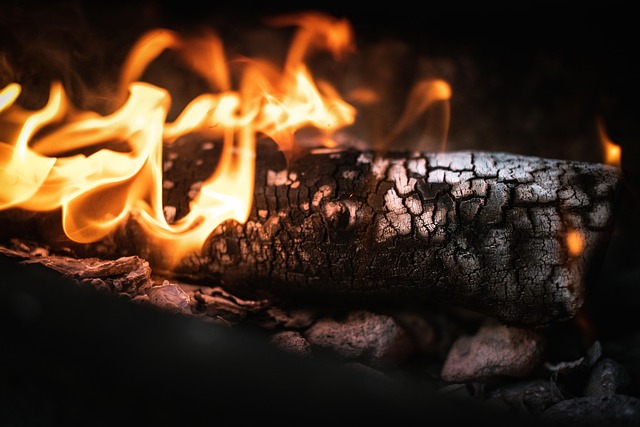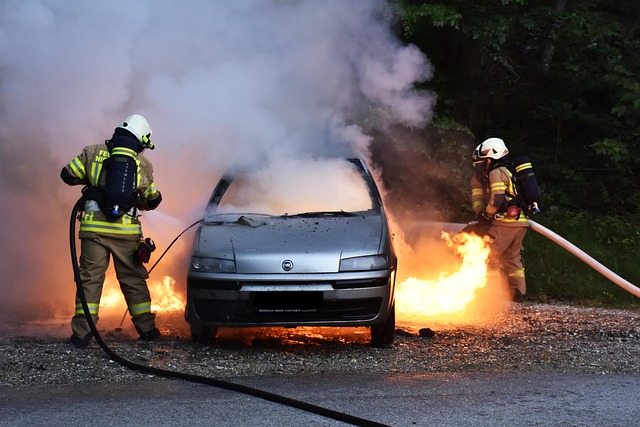In Texas, where wildfires pose a recurring threat, fire restoration services for walls and ceilings are crucial for reclaiming homes and communities. Professionals navigate complex restoration due to diverse climate conditions, meticulously assessing damage, removing hazardous debris, and preserving structures. The process involves reconstructing charred wood, replacing drywall, sealing odors, and matching colors to restore these essential elements to their original condition while adhering to safety standards. After a fire, critical maintenance steps include thorough inspections, professional repairs, regular cleaning, and ventilation to remove smoke and soot residue, preventing mold growth due to Texas' humid climate.
After a fire, restoring your Texas home’s ceilings is crucial. Understanding the extent of fire damage specific to Texas homes is the first step. This article guides you through the process of wall and ceiling restoration, from assessing smoke and water damage to choosing the right materials. We also offer essential tips for post-fire maintenance and prevention, ensuring a safe and secure living environment in the Lone Star State.
- Understanding Fire Damage to Ceilings in Texas Homes
- The Process of Wall and Ceiling Restoration After a Fire
- Tips for Effective Post-Fire Maintenance and Prevention
Understanding Fire Damage to Ceilings in Texas Homes

In Texas, fire restoration wall and ceiling services are often needed after devastating wildfires ravage homes and communities. Understanding the extent of fire damage to ceilings is crucial for a successful restoration process. Fire can leave behind not only charred remnants but also hidden hazards like toxic fumes and structural instability. Ceilings, being vulnerable to heat and smoke, may suffer from warping, melting, or complete collapse.
The complexity of ceiling restoration in Texas homes increases due to the diverse climate conditions, including high humidity levels that can impact materials used during reconstruction. Professionals specializing in fire restoration wall and ceiling services employ advanced techniques and materials designed to address these unique challenges. They carefully assess the damage, removing hazardous debris while preserving as much intact structure as possible to ensure a safe and effective renovation process.
The Process of Wall and Ceiling Restoration After a Fire

After a fire, the process of restoring walls and ceilings in Texas involves several careful steps to ensure structural integrity and aesthetic restoration. The initial assessment is crucial; professionals inspect the damage, identifying charred areas, water-damaged surfaces, and potential hazardous materials. This stage determines the scope of work required for wall and ceiling restoration.
The actual restoration begins with meticulous removal of damaged materials—from drywall to insulation—to prevent further degradation. Once the affected areas are cleaned and prepared, skilled restorers apply appropriate repairs and treatments. This may include reconstructing charred wood, replacing missing drywall, sealing or repainting to match existing colors, and using specialized products to mitigate smoke odors. The goal is not just to repair but to restore, ensuring the space looks as good as new while maintaining safety standards across Texas homes and buildings.
Tips for Effective Post-Fire Maintenance and Prevention

After a fire, proper maintenance and prevention strategies are crucial for restoring safety and comfort in your Texas home or property. The first step is to ensure the structural integrity of your ceiling and walls by conducting thorough inspections. Look for any signs of damage, such as charring, blackening, or sagging, which may require professional repair. Fire restoration experts can assess and replace damaged materials, ensuring a secure environment.
Regular cleaning and ventilation are essential in the post-fire recovery process. Remove all smoke and soot residue, as these can cause health issues and further damage if left unchecked. Open windows and use fans to promote air circulation, helping to eliminate odors and reduce moisture levels. Texas’s warm climate demands attention to prevent mold growth, which can be a significant issue after fires due to the region’s high humidity.
In the aftermath of a fire in Texas homes, restoring wall and ceiling damage is a meticulous process that requires professionals equipped with specialized knowledge and techniques. By understanding the extent of fire damage and implementing the right restoration methods, homeowners can ensure their properties return to pre-fire conditions. Effective post-fire maintenance and prevention strategies are key to mitigating future risks, making prompt action and professional assistance invaluable in Texas.
